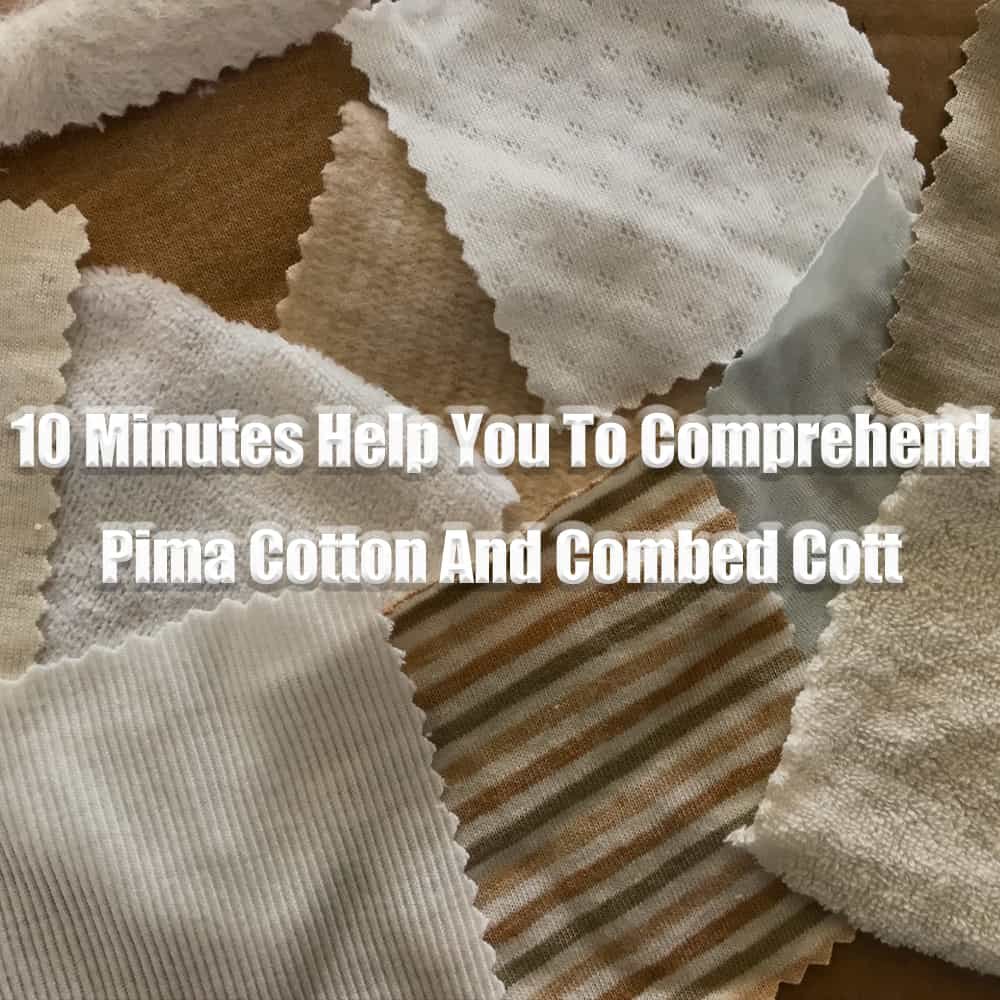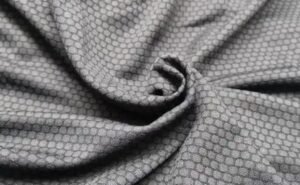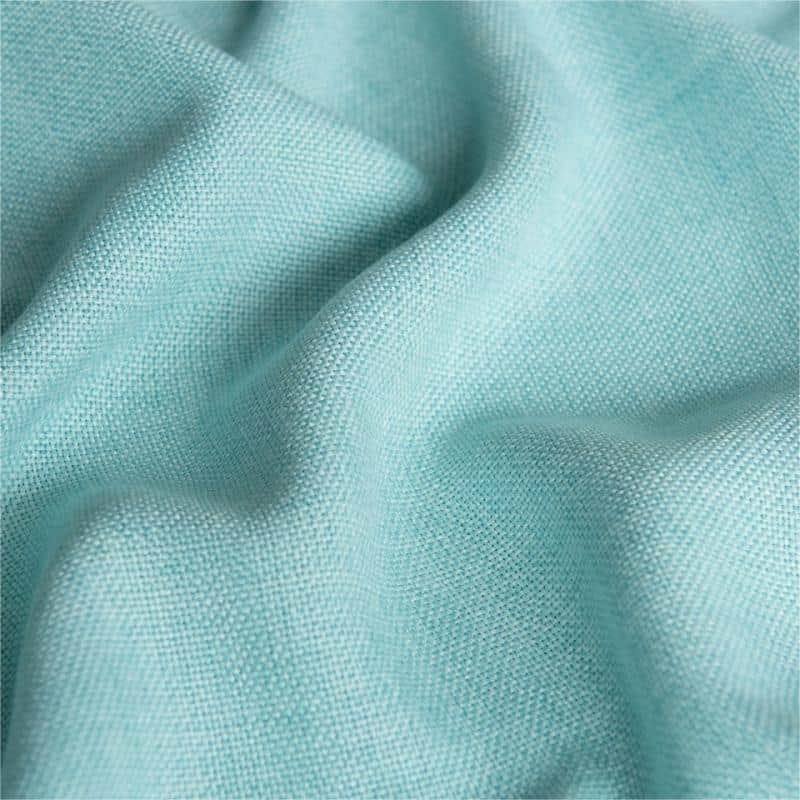
As we all know, the influence of clothing material on quality is very important. But do you know what kind of cotton is the best for pure cotton clothes? What kind of cotton and knitting technology should be used to achieve better cost performance? The following is a complete popular science article that allows you to distinguish the difference among Pima cotton and other cottons, combed cotton and carded cotton.
Types Of Cotton

Generally speaking, cotton varieties can be classified into three major strains according to the cultivated varieties of cotton and the length and thickness of fiber:
Coarse Cotton, Which Has Been Eliminated
Also known as Asian cotton, it refers to various varieties of cotton such as Chinese cotton and straw cotton, which are thick, short and elastic.
This kind of cotton fiber has been basically eliminated in China because of its short length, coarse and hard fiber, white or dull color, less mercerization, low use value and unit output, which has stopped production.
Fine Wool Cotton : The Most Common Cotton
Also known as upland cotton, it refers to the cotton fiber of various varieties of upland cotton with medium fineness and length, white or milky white color and mercerizing. Fine wool cotton accounts for 85% of the total cotton output in the world, and is also the most important cultivated cotton species in China at present.
Cashmere Cotton
Although it is also called island cotton, which doesn’t produced on the island, it refers to various varieties of island cotton and sea-land hybrid cotton, with long fiber, thin and soft, milky white or light yellow color, rich mercerizing, and good quality.
The main countries producing long-staple cotton now include Egypt, Sudan, the United States, Morocco, and Central Asian countries.
The main production base of long-staple cotton in China is in Xinjiang. Long staple cotton can also be divided into extra-long staple cotton and medium-long staple cotton.
How To Distinguish A Good Cotton?
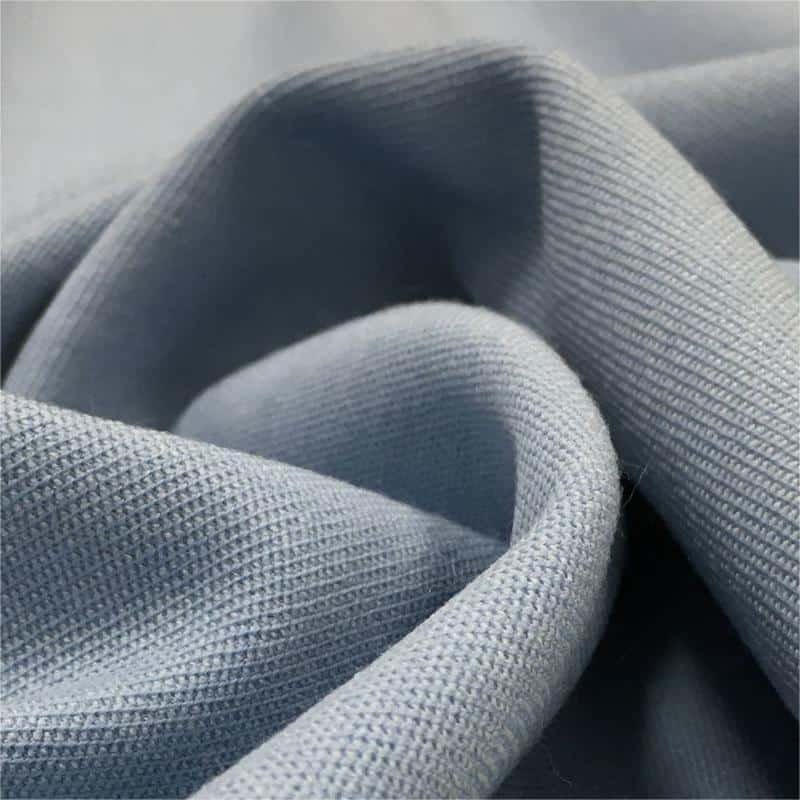
Due to the differences in cotton varieties, growth environment, planting and harvesting methods, there are also considerable differences in the fiber characteristics and prices of the produced cotton, and the most critical factors affecting the quality are the fiber length of cotton and the harvesting methods.
1. The Longer The Fiber Length, the Better the Quality
The cotton fibers growing on cotton seeds can be divided into 2.5 to 6.5 mm long fiber cotton, 1.3 to 3.3 mm long fiber cotton, and 1 to 2.5 mm short fiber vinylon cotton according to their length.
Generally speaking, the longer the fiber and the less exposed fiber head of the spun yarn, the softer and thinner the fabric, which is suitable for making high-grade clothes, close-fitting bed sets, towels, etc.
However, cotton with short fibers is often made into wearable and washable daily clothes because the exposed fiber ends of the spun yarn are more rough.
2. Which One Is Better, Mechanical Picking Or Manual Picking?
In order to improve efficiency, most cotton picking will be done by machines, but hand picking is still an irreplaceable way of cotton picking.
Although the efficiency of mechanical cotton picking is high, the mechanical cotton picking often involves pulling out the cotton plant which will damages the fiber, and mixing the dust and oil inside the machine which also pollute the fiber. At the same time, the biggest problem of mechanical cotton picking is that a large amount of impurities are mixed in the harvesting process, which will greatly damage the fiber length of the original cotton in the subsequent impurity removal process.
As for hand-picking cotton, the method of grasping the bottom of the cotton boll with five fingers can not only collect cotton many times, improve the yield, but also minimize the damage of cotton fiber, and avoid more impurities.
What Are Pima Cotton And Combed Cotton?

A kind of cotton that has been very popular in the past two years is called pima cotton. It belongs to the long-staple cotton series and is the super-long fiber in the fine velvet fiber. The main production areas are the United States, Peru, Israel and Australia. Because the fiber is longer, the fabric is soft and has a better drape. Compared with ordinary cotton, Pima cotton has better luster and overall quality that fiber has strong tenacity and high activity, which makes it more excellent in color fastness and color presentation
Combed cotton is a process, which means finely combed cotton. The comber removes the shorter fibers (less than 1cm) in the cotton fiber, leaving long and neat fibers. Its advantages are breathability and sweat absorption. Because of the removal of impurities, the woven fabric looks smooth and high-grade. Compared with ordinary carding cotton, it is not easy to pilling, compact and shrink.
Summary: Which Cotton Has The Highest Cost Performance?
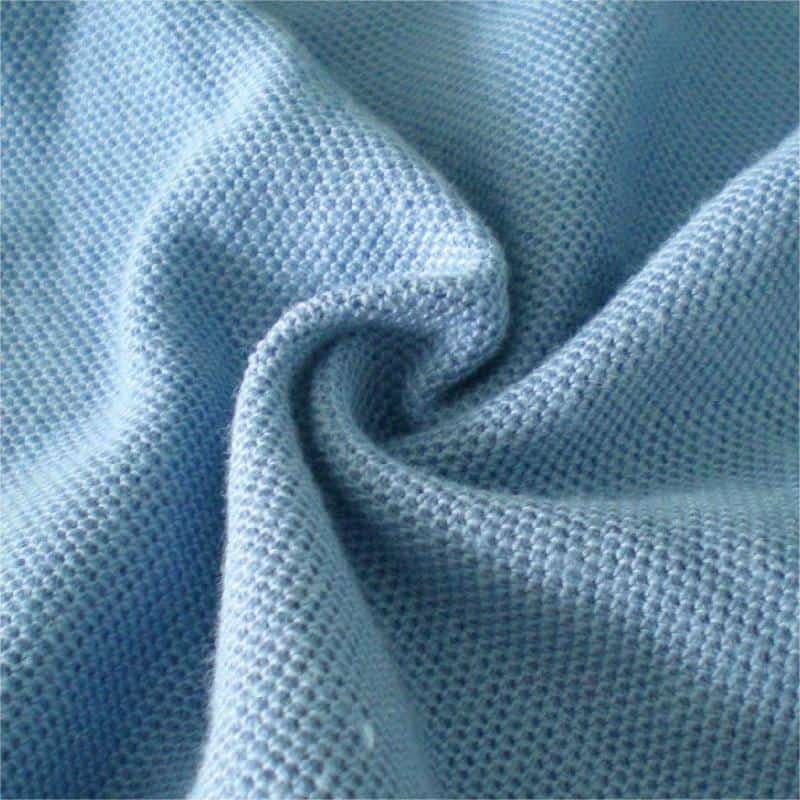
Almost all high-end clothing and expensive bedding are made of Egyptian cotton. Egyptian cotton has the highest quality and the most expensive price among Xinjiang cotton and Pima cotton. Compared with Egyptian long-staple cotton and Xinjiang long-staple cotton, the performance and price of horse cotton are moderate, so the cost performance ratio is higher. However, because the production season of pima cotton is very special, the annual output is very limited.

